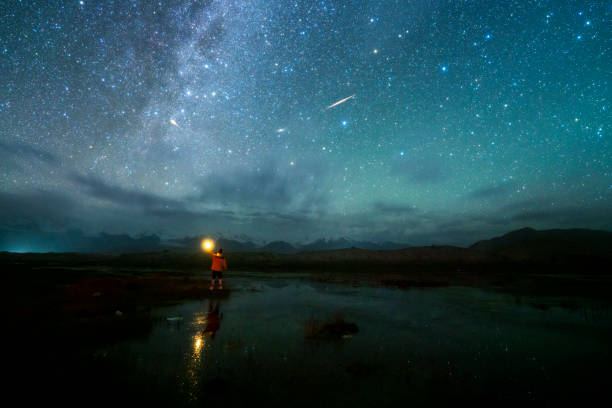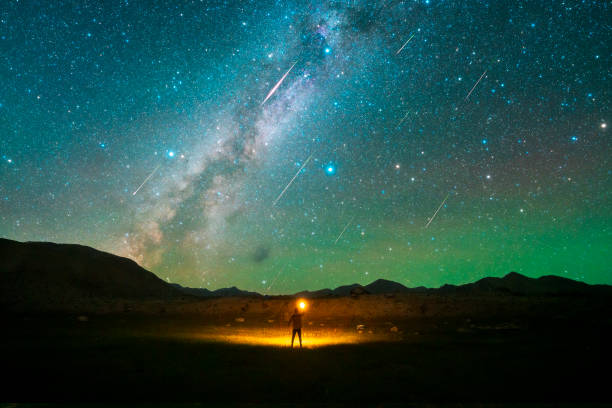Guidelines for Stargazing Enthusiasts: Navigating the Peak Night of the Perseid Meteor Shower
The celestial spectacle of the Perseid meteor shower is set to grace our night skies, promising an awe-inspiring display of shooting stars. As astronomy aficionados eagerly anticipate this annual event, it’s crucial to understand the legal aspects and responsibilities associated with stargazing. In this article, we delve into the legal considerations that stargazers should be aware of during the peak night of the Perseid meteor shower.
Selecting an appropriate stargazing location is vital to ensure an unobstructed view of the meteor shower. However, it’s essential to be aware of any local ordinances or regulations that might restrict access to certain areas, particularly if they are private properties or ecologically sensitive zones.

Many stargazers opt for public parks or open spaces to observe meteor showers. While these areas offer great views, it’s crucial to adhere to park rules and regulations. Most parks have closing times, and camping or setting up equipment might require prior permits. Respecting these guidelines ensures a harmonious experience for everyone.
Excessive artificial light can hinder the visibility of meteor showers. In some regions, there are light pollution ordinances in place to preserve the quality of the night sky. Stargazers should familiarize themselves with local regulations related to outdoor lighting to prevent inadvertently violating light pollution restrictions.
Capturing the breathtaking beauty of meteor showers through photography is a popular activity. However, drone usage for aerial shots may be subject to aviation and privacy regulations. Prior research into drone laws and obtaining necessary permits are crucial to avoid legal issues.
Stargazing often involves navigating uneven terrain, especially in natural or remote areas. Ensuring personal safety is paramount. Stargazers should be mindful of potential hazards, carry necessary safety equipment, and be cautious of any signage indicating restricted or dangerous zones.
Practicing environmentally responsible behavior is essential for preserving the natural beauty of stargazing locations. Adhering to “Leave No Trace” principles by cleaning up after yourself, minimizing noise pollution, and avoiding damage to flora and fauna contributes to the conservation of these areas.
The Perseid meteor shower offers an enchanting opportunity to connect with the cosmos, but it’s important to approach it with legal awareness and respect for the environment. By familiarizing yourself with local laws and regulations, prioritizing safety, and adopting responsible stargazing practices, you can fully immerse yourself in the celestial marvel while ensuring a positive and legally compliant experience for all.











